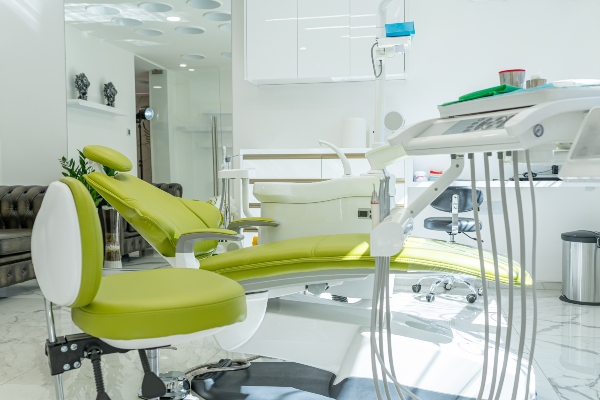How an Orthodontist Can Help You
 Getting braces straightening for you or your child is an important decision, and our orthodontist office can walk you through the process. We can help you in many ways, including bettering your overall health in addition to your dental health. We want to provide you with all the information you need to make the right choice about getting braces and deciding which straightening treatment is best for you. We have provided some questions we frequently receive below to help with the process.
Getting braces straightening for you or your child is an important decision, and our orthodontist office can walk you through the process. We can help you in many ways, including bettering your overall health in addition to your dental health. We want to provide you with all the information you need to make the right choice about getting braces and deciding which straightening treatment is best for you. We have provided some questions we frequently receive below to help with the process.
Why do I have crooked teeth?
Crooked, crowded, or gapped teeth are normally genetic. Jaw alignment problems, missing teeth, and overlapping teeth are also normally genetic. Some habits like thumb sucking or using a pacifier too long can result in misaligned teeth and premature decay.
How do braces straighten teeth?
The braces straightening process is complex, and an orthodontist can give you the best answer in person when you visit our office. As a general explanation: braces are made up of many small components that work together to apply a gentle, predetermined pressure on teeth to move them into a better alignment. The two most important components are the brackets and the archwire. One bracket adheres to each tooth, and the archwire is shaped into a U-shape through the brackets. The U-shape of the wire and the attachment to the brackets gradually pull the teeth into the U-shape, which is the proper positioning. There are also other options for straightening teeth besides braces that we can talk more about when you visit.
Why should I visit an orthodontist for help?
A visit to our orthodontist office can result in a beautiful smile that also gives you confidence. More importantly, a straight smile allows you to naturally perform daily mouth functions, like chewing and speaking, without painful jaw positioning. The straighter teeth you gain from visiting our orthodontist office will help protect your gums from receding, and they can help you avoid gum disease. We can also help you reduce the need for dental work on cavities. When teeth are crowded or crooked, it is harder to clean them thoroughly, so cavities become more prevalent.
Are there any guidelines I should follow during straightening treatment?
We recommend you avoid eating certain foods while you have braces. You should avoid chewing on hard foods and objects like pens and fingernails. Some hard foods you may want to avoid, for example, are hard candies, ice, and corn on the cob. You should also avoid gum and sticky candies that could get stuck on braces and dislodge components. We will give you a complete recommendation list of foods to limit during braces treatment when you come in for an appointment at our orthodontist office.
You should also notify us if you plan on playing sports during treatment, as mouthguards are very important to wear while you have braces. You should always wear a mouthguard during sports, but when you have braces, your dental structure is more at risk for damage, and you could hurt someone else. We can help you find the right mouthguard for your teeth.
These are a few of the ways an orthodontist can help you and your dental structure. We hope these answers have helped you understand a little more about what you can expect from a straightening treatment.
Recent Posts
An emergency dentistry treatment can help correct sudden dental issues. Most dentists can even provide a permanent solution that will enable you to keep your tooth and prevent the problem from occurring again. If you want to know how emergency dentistry can help elevate your dental health, here are the details.A mild toothache may seem…
A tooth abscess is an infection that begins in the mouth and can spread to other body regions. Gum disease and tooth decay are often the outsets of a spot. A tooth abscess is much more likely in those with poor oral hygiene habits. Anyone experiencing the condition should visit the emergency dentistry office as…
Emergency dentistry treatments can treat your cracked tooth. This type of dental damage can be painful and often debilitating, especially if the crack reaches the deeper parts of the tooth. Treating this dental damage can stop the discomfort. If you want to find out how emergency dentistry can help your cracked tooth, here are the…
Curious about what you should be asking your general dentist when you visit? Read on to learn more. Visiting a general dentist for regular check-ups is essential for maintaining good oral health. By learning more about their oral health, patients can prevent potential problems and be more aware of changes that may require attention.Going to…
 Getting braces straightening for you or your child is an important decision, and our
Getting braces straightening for you or your child is an important decision, and our 
